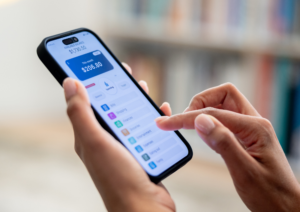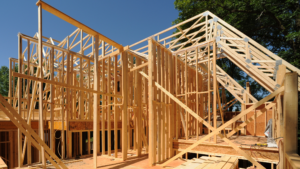If you’re a first-home buyer, you might be worried that your KiwiSaver balance has taken a hit this week and you were hoping to use that to purchase your first home soon. You’re not alone.
Global share market volatility, driven by recently imposed trade tariffs and economic uncertainty has impacted many KiwiSaver accounts, particularly those invested in growth funds. For people decades away from retirement, that’s not too much of a big deal (albeit frustrating), but if you’re planning to withdraw your funds soon as part of your deposit, it can feel like a major roadblock.
At Properli, we understand how unsettling this can be and we can help you navigate what to do next. The good news is: you still have options and we’re here to help you navigate them with confidence.
First, Don’t Panic & Make a Quick Change
Although the recently imposed global trade tariffs are not normal, share market dips are a normal part of an investment cycle and they often recover sooner than expected. If you’re feeling anxious, the best thing you can do is avoid making any sudden changes to your KiwiSaver fund or rushing into decisions that could end up in a greater loss.
This could be a 6-9 month period of instability and making changes to your KiwiSaver fund quickly to try save some might not be the answer as it takes approx. 6-8 weeks for any changes to take kick in anyway.
What You Can Do Next
- Talk to a Financial Adviser
Before making any changes to your KiwiSaver or home-buying plan, it’s essential to get tailored advice. We can help you:
- Understand why your KiwiSaver balance has dropped
- Review your fund type and risk level
- Explore your financial options in light of the changes
- Check If You’re in the Right Fund
If you’re planning to withdraw within 6–12 months, a conservative fund may be more suitable. But making a switch while markets are down could lock in losses so the decision needs to be made carefully. We’ll guide you through this without the stress. - Look at Ways to Bridge the Deposit Gap
If your KiwiSaver balance is now short of your planned deposit, don’t worry there may be a solution to buying a property:
- KiwiSaver First-Home Withdrawal: You can still use your KiwiSaver funds (excluding $1,000) to help buy your first home.
- First Home Loan: Through Kāinga Ora, some buyers may be eligible for a home loan with just a 5% deposit (lender criteria apply).
- Private Developer Support: Some developers of new builds offer deposit top-ups or first-home buyer incentives. Speak to our team about buying a new build for your first home.
What If You Have to Wait Longer?
For some buyers, the reality is that they may need to push their timeline out slightly and while that can be disappointing, it’s not the end of the road. Here’s how to make the most of a delay:
- Use the extra time to grow your deposit
We can help set up a smart savings strategy or top-up plan to help you build your deposit steadily while you wait for the market and your KiwiSaver to recover. - Get your finances in the best possible shape
Use this time to reduce debt, tidy up your budget, and get mortgage-ready. When the time is right, you’ll be in a stronger position with more flexibility and confidence. - Stay informed, not overwhelmed
With the right advice, you can feel empowered rather than anxious. We’ll keep you updated on market conditions, and help you make informed decisions about when and how to buy.
Stay focused on your end goal – a property purchase
Buying your first home is a big milestone, and while a drop in your KiwiSaver can feel like a big setback, it doesn’t have to stop you. These market fluctuations are part of the journey and they often pass, and you’re not the only one affected, all the other first home buyers out there probably are too.
What matters most is that you make calm, informed decisions working with an expert, so you can move forward with clarity. Through Properli, we can recommend you onto some key KiwiSaver providers who are open to free consultations with KiwiSaver holders.
Book a free, no-pressure chat with our team today and let’s map out your first home buying options – whether you’re ready now or still getting prepared.




